|
 |
|
| THE SCARPA MUSEUM, Via San Nicolò
- Treviso |
| |
| It is possible to enter the halls of former monastery through the entrance
of Collegio Vescovile (Episcopal College) which is also the seat of the Museums Dino Grossa and Giuseppe Scarpa. |
 |
| |
The Museo Scarpa (Museum Scarpa), in the history of Treviso, had and it
has now a great importance in educational opinion for the pupils and for the citizens because it is unique
of its kind.
Both Museums, not yet open to the public officially, are available to be visited anyway, also by small
groups of persons by reservation.
The Museo Scarpa comes from Mr. Giuseppe Scarpa, natural science graduate, who was born in Treviso in 1851
and who began a wide collection of animals, since he was a boy; these animals come not only from Marca
Trevigiana (Trevisan Province), but also from many areas of the world. |
 |
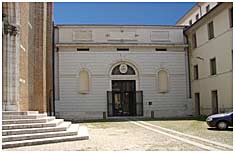 Front entrance to Scarpa and Grossa Museums |
| |
| He was experienced taxonomist and keen on animals, he enlarged his
collection in home, situated in Via Gualpertino da Coderta and he gave hospitality to more than 150 live animals,
which included mammals, birds (birds of prey especially), reptiles and amphibia. |
| |
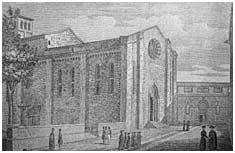
Chiesa di S. Nicolò - 1846
Engraving by Antonio Nani.
(Biblioteca Comunale di Treviso) |
 |
In 1914 Mr. Scarpa gave his wide collection made by several
thousands (vertebrata especially) of animals to Episcopal Seminary. |
| |
| The animals are kept inside some
glass cabinets in the halls of the Museum by preservative liquids or by alcohol. |
| |
| The large fishes and
the birds were stuffed by Mr. Scarpa personally, who could represent the animals in the most typical
and characteristic expressions of theirs. |
| |
| |
|
A series of glass cabinet were mounted in the biggest hall; they contain
especially animals collected in the second half of 19th century and the first years of 20th century.
|
 |
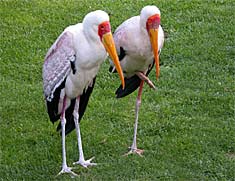 |
| |
| Our notice is attracted among all animals on show by: |
| |
| - the glass cabinet containing several specimens which belong family of
sharks, they are conserved both stuffed and in glass containers with preservative liquids; |
| |
|
|
|
|
| |
|
 |
|
|
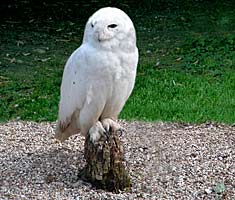 |
 |
- two glass cabinets containing a wide and
detailed collection of marsh and limicolous birds: goldeneyes, tufted ducks, pintail ducks, flamingoes,
purple gallinules, stilt plovers, avocets, mute swans, herons, little egrets, little bitterns, ibises,
paddlefishes, storks and seagulls. |
 |
 |
| |
| - a glass cabinets containing a rich collection
of Fringilla as bullfinches, siskins, goldfinches, redpolls, grosbeaks and crossbill. |
| |
| |
- a glass cabinets with nearly all species which
belong family of buntings, among these: the snow-bird, the cirl bunting, yellowhammers and others. Many specimens
belonging to species woodpeckers, as the pied woodpecker, the nuthatch, the great black woodpecker; there are also
many species of swallows. |
| |
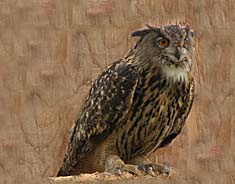
|
 |
It is interesting also the collection of birds of prey both
diurnal and nocturnal. Some commanding owls, tawny owls and little owl stand out among these, while interesting
specimens as eagles, griffons, vultures, hawks are on show among diurnal birds of prey. |
| |
| There are some sea animals as penguins, seagulls, skuas,
shearwaters and divers in another area of the same hall; the family of reptiles and of Amphibia is well
represented by several species of tortoises, iguanas and Sauria (lizards and chameleons). |
| |
| From the first hall we may go to the second
where our attention is impressed at once by some African stuffed animals (lions, giraffes and gazelles). |
| |
| |
There are some trophies of African antelopes, elephants, rhinos hanged on the wall. There are lots of dolphins,
turtles, sharks and alligators, all stuffed. In another glass cabinet some representatives of Mustelidae (stone
martens, weasels and ferrets) are on show with some Rodentia (as marmots and squirrels).
A part of the
exhibition space is taken up by the minerals and by gaily-coloured shells contained in some glass cabinets. |
| |
| There are some glass cabinets along a hall which takes
to Museo Scarpa (Scarpa Museum) always in the Complex of Bishop’s Seminary. |
 |
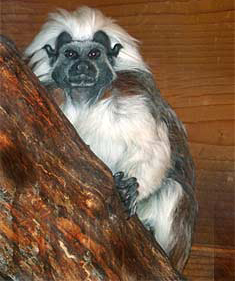 |
| |
| It has been tried to reconstruct the life style of some Amazonian tribes within them; there are many tools of daily
use of Venezuelan Indians as the Piaroas, Makiritares, Panares, Guarao and Motilon, the majority of these is made by
bones of local animals as paca and tapir. They form the Museo Etnografico degli Indios
Venezuelani (Ethnographic Museum of Venezuelan Indians). |
| |
The visitor’s attention is attracted by many types
of arrows, quivers, necklaces, small and large holders and some musical wind instruments; all these things
were collected by priest Dino Grossa, to whom the Museum is dedicated: he left Italy to Venezuela to help
the native people in 1949.
 |
| |
| EVENTS AT SCARPA MUSEUMS IN TREVISO |
| |
| The 1st Conference of Naturalists from Treviso will take place on November 25th, 2007 at Museo “G. Scarpa”, Piazzetta Benedetto XI in Treviso. |
| |
| |
| |
|
| |
| |
|


